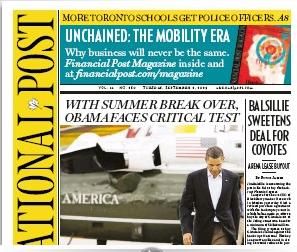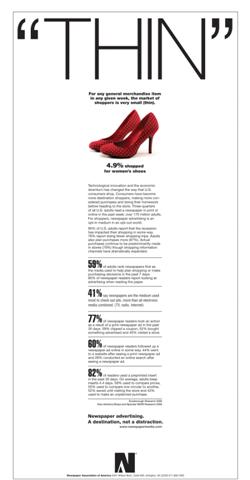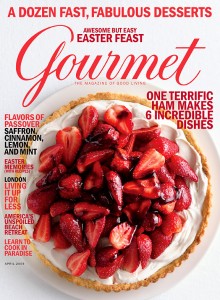 There was a bloodbath at Condé Nast yesterday. The publisher, which has been rocked by the declines in lifestyle advertising, closed four magazines – Gourmet, Modern Bride, Elegant Bride and Cookie – and laid off at least 180 people. More turmoil seems likely as Conde Nast sorts through the problem of deciding which staff members to keep and which to boot in order to make way for them. The news comes as September ad page figures for the publisher showed a stunning fall of nearly 1,700 pages. Allure, Gourmet, Self and W were all off 50% or more. Gourmet editor Ruth Reichl is tweeting her feelings about the whole affair.
There was a bloodbath at Condé Nast yesterday. The publisher, which has been rocked by the declines in lifestyle advertising, closed four magazines – Gourmet, Modern Bride, Elegant Bride and Cookie – and laid off at least 180 people. More turmoil seems likely as Conde Nast sorts through the problem of deciding which staff members to keep and which to boot in order to make way for them. The news comes as September ad page figures for the publisher showed a stunning fall of nearly 1,700 pages. Allure, Gourmet, Self and W were all off 50% or more. Gourmet editor Ruth Reichl is tweeting her feelings about the whole affair.
Reuters reports that Time, Inc. is spearheading an effort to assemble a consortium of U.S. magazine publishers who will cooperate on digital delivery of their products. The wire service says the effort could be announced as early as next month with a “digital newsstand” on the market sometime next year.
You can already buy many magazines on the Amazon Kindle, but publishers hate Amazon’s fee structure, which skives off 70% of the subscription revenue. The digital newsstand would be device-independent, meaning that readers could download magazines to devices from Apple, Sony, E Ink and others. Why Amazon doesn’t move more forcefully to consolidate its hold on the burgeoning market continues to be a mystery to us.
The Economist, which continues to defy the freefall in print circulation, is raising the barriers to free online distribution but still not charging for new content. The magazine will start charging for all content more than 90 days old (previously, the threshold was one year) and will make its digital print replica edition available only to paying subscribers. However, new stuff will still be free to the world online. It’s not like the Economist’s back is to the wall: its 1.39 million circulation was up nearly 7% in the most recent six-month reporting period and operating profits climbed 26% on a 17% revenue increase.
BTW, magazines are only a sidelight for us. If you want to follow the industry with a Death Watch twist, checkout Magazine Death Pool.
Poynter’s Rick Edmonds is expecting to see newspaper circulation results for the first six months of 2009 and he believes a Halloween release date could be appropriate. A variety of factors are contributing to accelerating circulation declines, including the recession, publishers’ efforts to exercise more discipline over their subscriber lists and a continued flight to online alternatives. Edmonds is estimating that the drop in newspaper circulation soon to be reported will exceed the record 7% year-over-year figure for the period ending in March. This will accelerate revenue losses, which will lead to more cost cuts and smaller issue sizes that fewer people will want to pay for. There’s also the problem of coupon and circular distribution. Unlike display advertising, those revenues drop in direct proportion to circulation.
The deadline has passed for new suitors to emerge for Chicago’s Sun-Times Media Group (STMG) and nobody stepped forward. That leaves local investor Jim Tyree as the sole hope of keeping the bankrupt company afloat. Tyree has said he won’t do the deal unless the unions agree to a 15% pay cut. Five of the 16 unions at STMG have said they won’t agree to the terms. The parties have until late December to agree to terms, but the company’s current management says it doesn’t have enough money to stay afloat until then.
Members of the Newspaper Guild at the Boston Globe must be seeing red now that their union chief has been formally charged with misappropriating funds. Daniel Totten spearheaded the union’s disastrous negotiations with The New York Times Company a few months ago. He’s been charged with, among other things, faking a countersignature on his own paycheck. The union’s governing board takes up the matter tomorrow night.
The executive director of the Nevada Press Association says newspapers won’t die; they’ll just shift shape sort of like the keyboard did. “When computers came along, with ‘word processing,’ there was no longer any need for a typewriter,” writes Barry Smith. “I used to have two typewriters — one at home, one at work. Now I look around and I have at least six keyboards, not counting the touch pad on my phone. You have to look at what they do, not what they are.” That’s a great analogy, except that you have to remember that IBM was able to sell a Personal Computer for a whole lot more than a Selectric.
If all goes well, we could be removing the Claremont (N.H.) Eagle Times from the R.I.P. list next week. An anonymous e-mail says that the paper, which closed in July, will reopen on October 12 as a weekdaily. It also says that the Weekly Flea, an advertiser also owned by the Eagle Times, restarted publication last week. We are unable to find any published verification of this information.



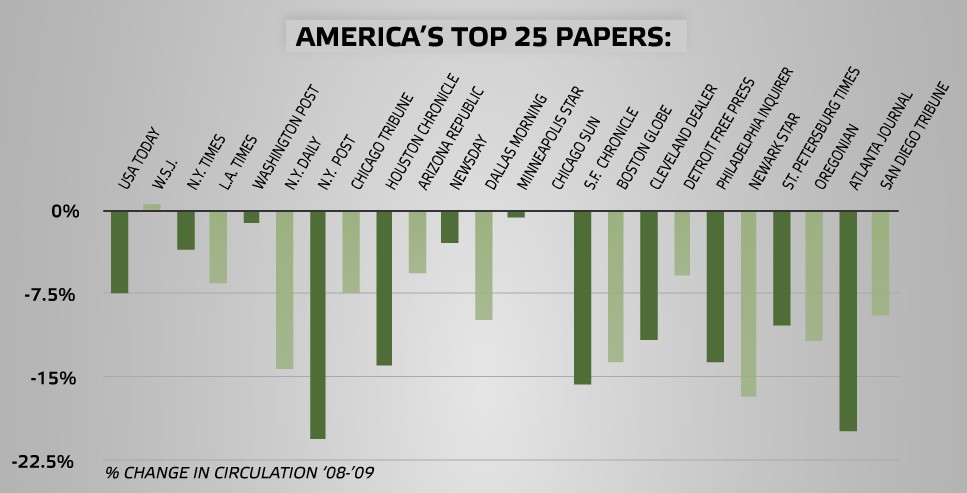

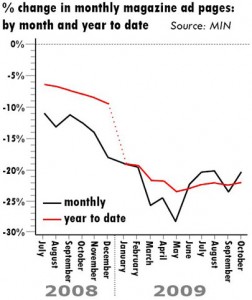



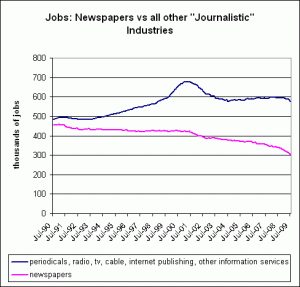
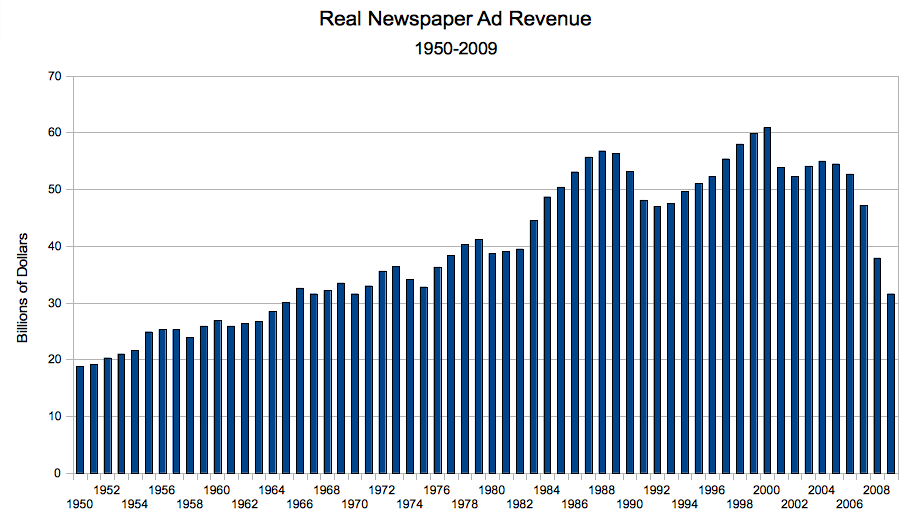
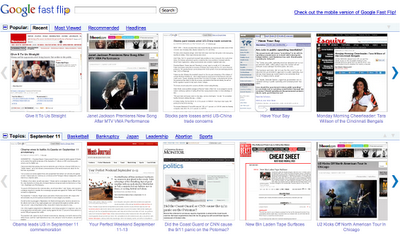
 Alan Mutter interviews Jeremy Halbreich
Alan Mutter interviews Jeremy Halbreich